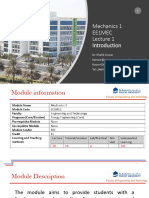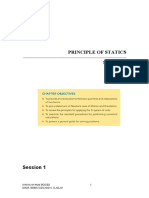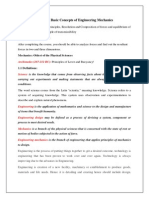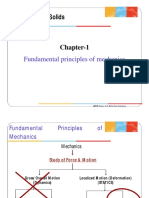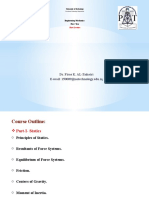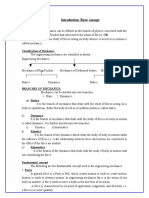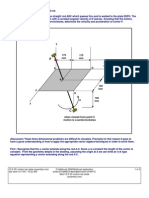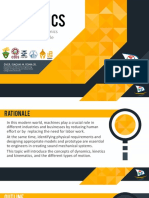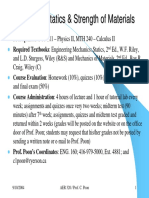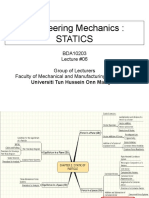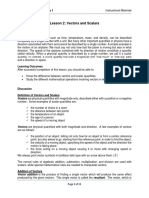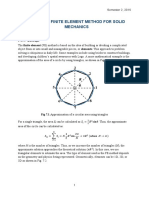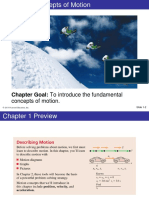0% found this document useful (0 votes)
32 views60 pagesStatics Module-1
This document is a teaching guide for a module on Statics of Rigid Bodies, covering fundamental principles of engineering mechanics, definitions, and applications of forces on rigid bodies at rest. It outlines course objectives, evaluation methods, and basic principles of statics, including force components and equilibrium. The module also discusses measurement units and methods for calculating resultant forces using trigonometry and graphical methods.
Uploaded by
airamae19aggalotcleofasCopyright
© © All Rights Reserved
We take content rights seriously. If you suspect this is your content, claim it here.
Available Formats
Download as PDF, TXT or read online on Scribd
0% found this document useful (0 votes)
32 views60 pagesStatics Module-1
This document is a teaching guide for a module on Statics of Rigid Bodies, covering fundamental principles of engineering mechanics, definitions, and applications of forces on rigid bodies at rest. It outlines course objectives, evaluation methods, and basic principles of statics, including force components and equilibrium. The module also discusses measurement units and methods for calculating resultant forces using trigonometry and graphical methods.
Uploaded by
airamae19aggalotcleofasCopyright
© © All Rights Reserved
We take content rights seriously. If you suspect this is your content, claim it here.
Available Formats
Download as PDF, TXT or read online on Scribd
/ 60



















